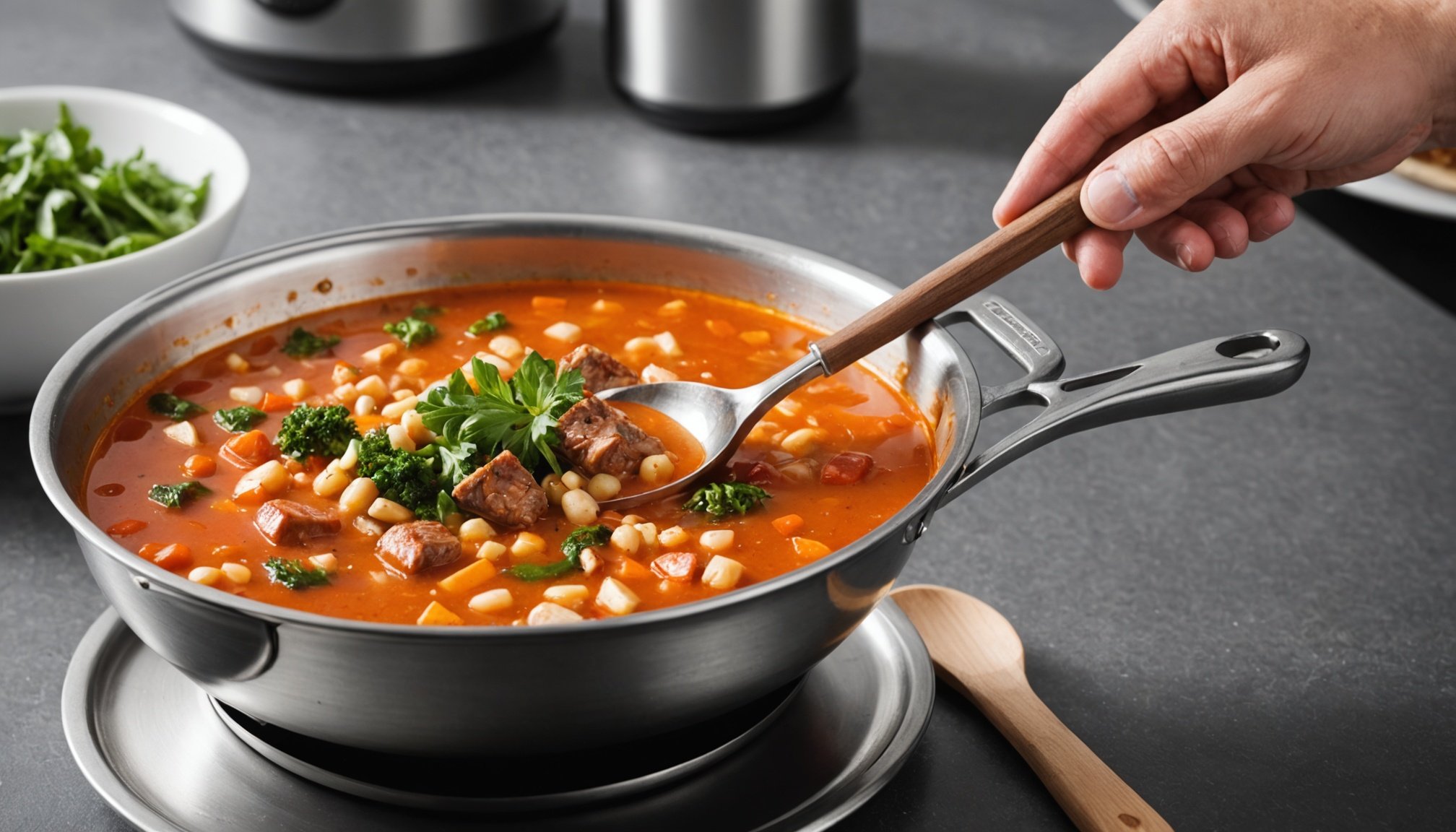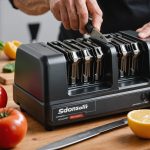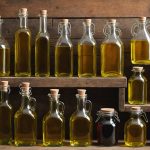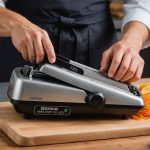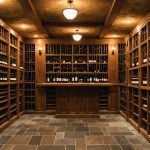Selecting a heat-resistant soup ladle requires careful consideration of several critical factors to ensure it remains durable and effective through countless cooking experiences. Material quality, design ergonomics, and temperature resistance should guide your choice, ultimately impacting both performance and your culinary enjoyment. Discover how the right ladle can enhance your cooking adventures while standing the test of time, making meal preparation a seamless and enjoyable process.
Understanding Heat-Resistant Materials
Exploring durability and efficiency in soup ladles.
Have you seen this : Explore top-quality foie gras delivery – savor french luxury at home
When selecting a soup ladle, understanding the properties of heat-resistant materials is crucial. Commonly, ladles are made from silicone, stainless steel, and nylon. Each material offers unique benefits, particularly concerning heat resistance and durability.
Material Comparisons
Silicone is known for its flexibility and high heat resistance, often withstanding temperatures up to 500°F. This makes it ideal for non-stick cookware, as it won't scratch surfaces.
In parallel : Mastering Kitchen Hygiene: The Ultimate Guide to Safely Sanitize Your Wooden Cooking Utensils
Stainless steel is praised for its durability and resistance to corrosion. It can endure high temperatures, making it a reliable choice for long-lasting kitchen tools. However, it may not be suitable for non-stick pans due to its rigid nature.
Nylon offers a balance between flexibility and strength. It is generally heat resistant up to 400°F, making it a practical option for everyday use. However, it may warp if exposed to extreme temperatures for extended periods.
Importance of Heat Resistance Ratings
Understanding heat resistance ratings helps in choosing the right material for your needs. These ratings indicate the maximum temperature a material can withstand without degrading. Selecting the appropriate heat-resistant material ensures your soup ladle remains functional and safe, enhancing your cooking experience.
Design Considerations for Functionality
Enhancing usability through thoughtful design.
Ergonomic Design for Comfort
When selecting a ladle, ergonomic features play a crucial role in ensuring comfort during use. A well-designed handle allows for a firm grip, reducing strain on the wrist and enhancing overall usability. Consider a ladle with a soft grip or a contoured handle to improve handling.
Features for Pouring and Serving
Certain design elements can significantly enhance the pouring and serving experience. Look for a ladle with a spout or lip that facilitates smooth pouring without spills. Additionally, a deep bowl design is beneficial for serving generous portions, making it more efficient for various cooking styles.
Size and Shape Variations
The size and shape of a ladle can vary greatly, catering to different cooking needs. A larger ladle is ideal for serving soups or stews, while a smaller one might be better suited for sauces or dressings. Consider the types of dishes you frequently prepare when choosing the appropriate size and shape.
- Ergonomic Features: Soft grip, contoured handle
- Pouring Enhancements: Spout, deep bowl
- Size Variations: Large for soups, small for sauces
By focusing on these design considerations, you can select a ladle that complements your cooking style and enhances your kitchen experience.
Evaluating Size and Capacity
Choosing the right ladle size for your culinary needs.
Common Sizes Available
Selecting the appropriate ladle size is essential for efficient cooking. Ladles typically range from small (2 ounces) to large (8 ounces) capacities. These sizes cater to different serving sizes and cooking styles. A small ladle is perfect for sauces and dressings, while a large ladle is ideal for soups and stews.
Choosing the Right Capacity
When evaluating capacity options, consider your specific needs. If you frequently prepare large meals, a larger ladle can save time by reducing the number of scoops required. Conversely, a smaller ladle offers precision for delicate servings. Assess your typical serving sizes to determine the most practical capacity option.
Impacts on Storage and Usability
The size of your ladle not only affects serving but also storage and usability. Larger ladles may require more storage space and could be cumbersome for smaller pots. Meanwhile, a small ladle can fit easily in drawers and is more manageable for quick tasks.
- Common Sizes: Small (2 oz), Medium (4 oz), Large (8 oz)
- Capacity Considerations: Meal size, serving precision
- Storage Impact: Space requirements, ease of use
By understanding these factors, you can select a ladle size that aligns with your kitchen needs.
Ease of Cleaning and Maintenance
Simplifying care for your kitchen essentials.
Recommended Cleaning Methods
Maintaining a soup ladle involves understanding the best cleaning methods for its material. Silicone and nylon ladles can be washed with warm soapy water, while stainless steel may require a gentle scrub to avoid scratches. To ensure longevity, avoid abrasive cleaners that can damage the surface.
Importance of Dishwasher Safety
Dishwasher safety is a crucial factor in selecting a ladle. Many silicone and nylon ladles are dishwasher safe, simplifying the cleaning process. However, verify the manufacturer's guidelines to prevent warping or degradation. Stainless steel ladles are generally safe for dishwashers but may require drying to prevent water spots.
Tips for Maintaining Ladle Longevity
Proper maintenance extends the life of your kitchen tools. Here are some tips:
- Rinse immediately after use to prevent food residue from hardening.
- Avoid high heat in the dishwasher for materials sensitive to temperature.
- Store properly to avoid bending or warping.
By adhering to these cleaning methods and maintenance tips, you can keep your soup ladle in excellent condition, ensuring it remains a reliable tool in your kitchen arsenal.
Comparing Different Types of Soup Ladles
Exploring versatility and practicality in ladle designs.
Traditional vs. Modern Ladles
Traditional ladles often feature a simple, stainless steel design, known for durability and classic appeal. These ladles excel in serving large portions but may lack flexibility. In contrast, modern ladles incorporate materials like silicone and nylon, offering enhanced heat resistance and safety for non-stick cookware. Modern designs often include ergonomic features, making them more comfortable for prolonged use.
Specialty Ladles for Specific Dishes
Specialty ladles are tailored for unique culinary tasks. Consider a pasta ladle with slots for draining water, or a soup ladle with a spout for precise pouring. These ladles are designed to enhance the cooking experience by providing specific functionalities that traditional ladles might not offer.
Multi-functional Ladles
Multi-functional ladles combine features of traditional and specialty ladles, providing versatility in the kitchen. They might include measurement markings for precise ingredient additions or a deep bowl for serving both soups and stews. This type of ladle is ideal for those seeking a single tool that can handle various tasks efficiently.
- Traditional Ladles: Durable, classic
- Modern Ladles: Ergonomic, heat resistant
- Specialty Ladles: Task-specific, functional
- Multi-functional Ladles: Versatile, efficient
By understanding these ladle types, you can select the most suitable option for your culinary needs.
User Reviews and Expert Recommendations
Evaluating the best ladles from user feedback and expert insights.
Assessing Customer Reviews
Understanding user feedback is essential in selecting the right soup ladle. Reviews often highlight practical experiences, detailing the strengths and weaknesses of a product. Look for patterns in customer reviews that consistently mention durability, ease of use, or specific design features. This feedback can reveal the real-world performance of a ladle, guiding informed decision-making.
Expert Recommendations
Expert reviews provide a professional perspective on top-rated ladles. These evaluations often consider materials, ergonomics, and heat resistance. Experts might recommend ladles like the silicone-based models for their flexibility and non-stick safety, or stainless steel for its unmatched durability. Their insights help identify the best products that meet diverse culinary needs.
Importance of User Experiences
Considering user experiences is crucial when choosing a ladle. While expert opinions provide technical assessments, customer feedback offers relatable insights. Understanding both perspectives ensures a comprehensive evaluation, helping you select a ladle that aligns with your expectations and kitchen requirements.
- Customer Reviews: Practical insights
- Expert Recommendations: Professional evaluations
- User Experiences: Comprehensive understanding
By combining user feedback with expert reviews, you can confidently choose a soup ladle that meets your culinary needs.
Budgeting for Quality
Understanding cost factors in selecting the right ladle.
Understanding Price Ranges for Quality Ladles
When searching for budget-friendly ladles, it is essential to grasp the price ranges associated with quality products. Prices can vary significantly based on materials and design features. Investing in quality often means considering the durability and functionality that come with higher-priced options.
Balancing Budget and Durability
Balancing your budget with the need for durability is crucial. While initial costs for a high-quality ladle might seem steep, the long-term cost-effectiveness can outweigh cheaper alternatives. A budget-friendly ladle that sacrifices durability may require frequent replacements, ultimately leading to higher expenses.
Long-term Cost-effectiveness of Investing
Investing in a high-quality ladle ensures long-term cost-effectiveness. A durable ladle made from premium materials can withstand regular use and resist wear and tear. This investment reduces the need for frequent replacements, saving money over time.
- Price Ranges: Understand costs of quality
- Budget Considerations: Balance cost and durability
- Long-term Savings: Invest in quality for fewer replacements
By focusing on these aspects, you can make informed decisions about budget-friendly ladles, ensuring you invest wisely in a tool that supports your culinary needs.
Visual Aids and Comparison Charts
Enhancing decision-making with visual tools.
Importance of Visual Aids in Understanding Options
Visual aids are essential for simplifying the selection process of ladle features. They help in quickly identifying differences and similarities among various options. By presenting information visually, these aids make it easier to compare key aspects, such as heat resistance, material durability, and design considerations. This clarity is crucial for making informed decisions.
Examples of Comparison Charts for Features
Comparison charts are effective tools for evaluating ladle features. They can highlight differences in heat resistance, capacity, and ergonomic design. For instance, a chart might show that silicone ladles excel in flexibility, while stainless steel offers unmatched durability. Such visual comparisons enable users to quickly grasp the strengths and weaknesses of each option.
- Silicone: High heat resistance, flexible
- Stainless Steel: Durable, corrosion-resistant
- Nylon: Balanced strength, moderate heat resistance
How to Create Your Own Visual Comparison for Informed Choices
Creating a personal visual comparison chart can further aid decision-making. Start by listing the ladle features most important to you. Use columns for each material and rows for specific attributes like heat resistance and design. By organizing information this way, you can easily compare and choose the best option for your needs.

